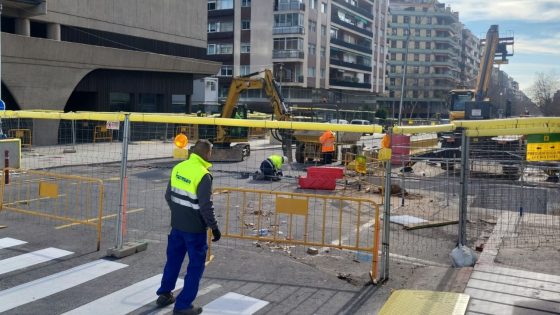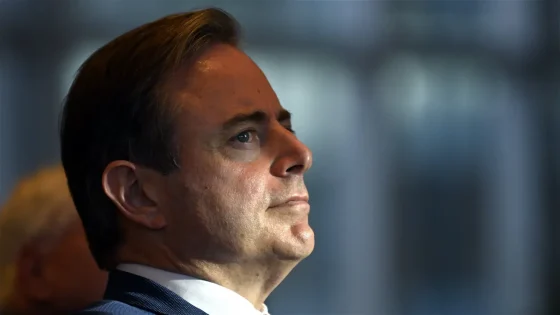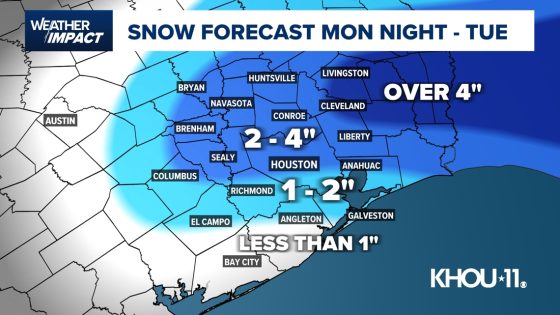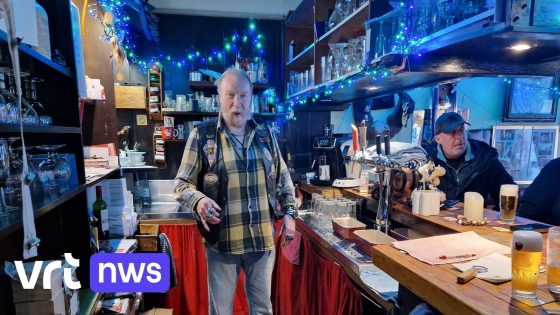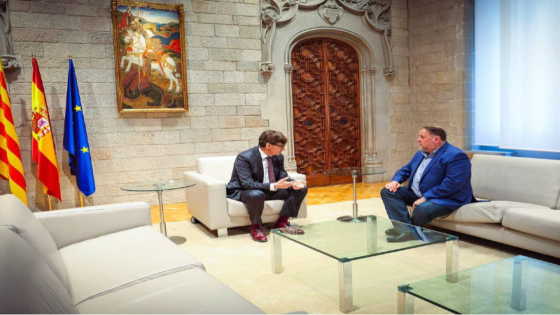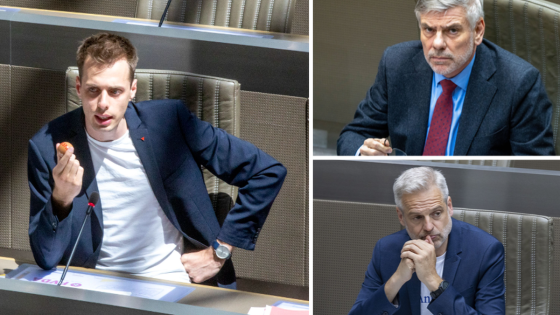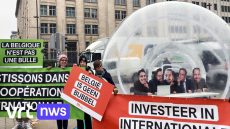The Eixample Respira organization sees the street closure of Comte d’Urgell for L8 construction as a chance to improve public transport. They advocate for dedicated bus lanes in both directions to enhance accessibility. “We don’t want Comte d’Urgell to return to its old state,” said Genís Domínguez from Eixample Respira.
- Eixample Respira sees street closure as opportunity
- Proposal for dual bus lanes on Urgell
- Aim to change transport habits during construction
- Request for space for cyclists and pedestrians
- City Hall open to analyzing proposed changes
- Changes linked to Diagonal tramway transformation
Enhancing Public Transport in Barcelona: A Model for U.S. Cities?
Could Barcelona’s approach to urban transport inspire U.S. cities? Eixample Respira believes that the ongoing construction on Comte d’Urgell presents a unique opportunity to rethink urban mobility. By implementing dedicated bus lanes, they aim to create a more efficient public transport system.
Key Features of the Proposed Changes to Comte d’Urgell
The proposal from Eixample Respira includes several important features aimed at transforming Comte d’Urgell into a more accessible street:
- Two dedicated bus lanes for improved public transport efficiency.
- Increased space for cyclists and pedestrians to promote safety.
- Encouragement of sustainable transport habits among residents.
- Integration with upcoming changes to the Diagonal for tram services.
Community Support for Sustainable Transport Initiatives
Community members are rallying behind the proposed changes. They believe that a year of construction will alter travel habits for both drivers and public transport users. This shift could lead to a more sustainable urban environment, reducing reliance on cars.
City Council’s Response to Eixample Respira’s Proposal
The City Council has acknowledged the proposal, stating that changes to Comte d’Urgell are likely. According to Ángel López, the general mobility coordinator, “everything can be analyzed,” indicating an openness to adapt plans based on community feedback and urban needs.
As cities globally look for innovative transport solutions, Barcelona’s efforts on Comte d’Urgell may serve as a blueprint for enhancing urban mobility in the U.S. Will other cities follow suit?



